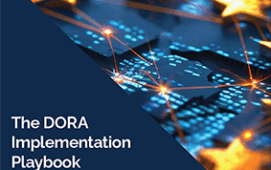The deadlines may have slipped but the UK Financial Services Authority (FSA) has released more details surrounding the formats required for its new Alternative Instrument Identifier (AII) transaction reporting regime. The regulator last week released a new document aimed at confirming the way in which transactions in reportable securities derivatives admitted to trading on a regulated market should be reported by approved reporting mechanisms (ARMs).
According to the FSA document, transaction reports should contain all mandatory fields in line with SUP17Annex 1 Minimum Content of a Transaction Report. The report describes in detail the completion of specific fields in certain formats and provides guidelines for compliance with the regime. It has provided this information in order to reduce the number of requests for clarification from firms regarding the changes and also to reduce the resources that firms would otherwise need to dedicate to those enquiries, says the FSA.
As noted two weeks ago, the FSA has delayed the introduction of the new regime until “early” February 2010 as a result of implementation difficulties in rolling out its system for processing these reports. Given that even the FSA has been struggling with altering its systems to accept the new AII formats, it doesn’t bode well for the rest of the market to get on board. Market participants will need this additional time in order to ensure that end to end testing is completed prior to launch. After all, the FSA has previously stated that it is worried that rushing implementation could adversely impact the quality of these transaction reports.
The Committee of European Securities Regulators (CESR) had originally wanted each competent authority (CA) to collect this information and share relevant reports with other CAs by November 2008, one year after MiFID went live. However, the FSA and ARMs have found the practical reality of implementation is much harder than first thought. This is why the FSA has been compelled to provide a high level of guidance with regards to individual field population: to give as much support as possible prior to the February deadline.
Other measures that the regulator has introduced are a new AII Working Group made up of representatives from the industry, ARMs and trade bodies to discuss the issues around implementation. The FSA has also hosted transaction reporting technical forums with the ARMs on a fortnightly or monthly basis since April.
The document itself provides examples of particular instances of reports in order to illustrate the practical implementation of the AII codes. If you would like to read the full details of the paper, it is available to download here.
Subscribe to our newsletter




